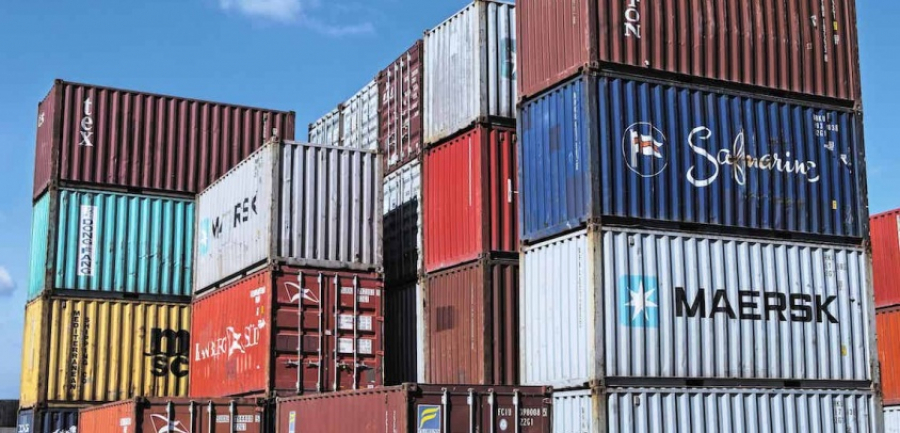Inevitably, when demand is high, as it was during the pandemic, available capacity becomes scarce, and with the gains from heavy traffic [and generous freight rates] shipowners invest in more capacity that will arrive with enough time lag that market conditions no longer justify the increase.
And that is precisely how it happens. With an excess of containers and deck space available the demand seems not to be enough to fill it all.
Well, that is the current market situation, which in addition to responding to global economic factors, is accentuated by the imbalance of overcapacity.
Paying US$22,000 per container for a year and a half or paying thousands more for containers every year", experts argue regarding the feasibility of keeping capacity available for when the very special market conditions of the pandemic recur is certainly a long shot.
In the case of intangibles, such as virtual storage, having idle space available does not affect costs, since the investment and maintenance of this standby capacity does not mean a large investment.
However, when it comes to storing physical units such as 20 or 40-foot containers, space in yards and warehouses is an expensive investment, especially if idle containers are a direct consequence of low demand and, consequently, lower revenues.
The management and maintenance costs of the idle fleet are very high. Owning your own fleet implies a huge price on a regular basis, but it is justified in high demand contexts.
However, when it comes to storing physical units such as 20 or 40-foot containers, space in yards and warehouses is a very expensive investment, especially if idle containers are a direct consequence of low demand and, consequently, lower revenues.
The management and maintenance costs of the idle fleet are very high. Owning your own fleet implies a huge price on a regular basis, but it is justified in contexts of high demand.
However, chartering means lower costs for occasional or less frequent use. Therefore, many shipowners combine the use of both owned and leased containers to manage the cost impact especially during seasons that call for belt-tightening.
Translated by: A.M
 English
English  Español
Español 
